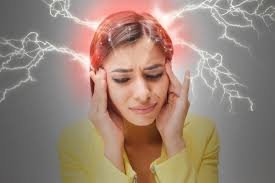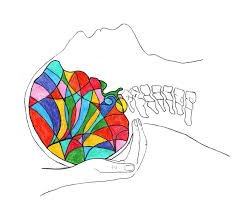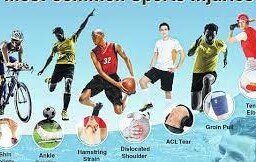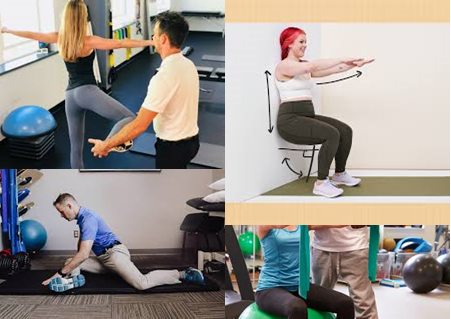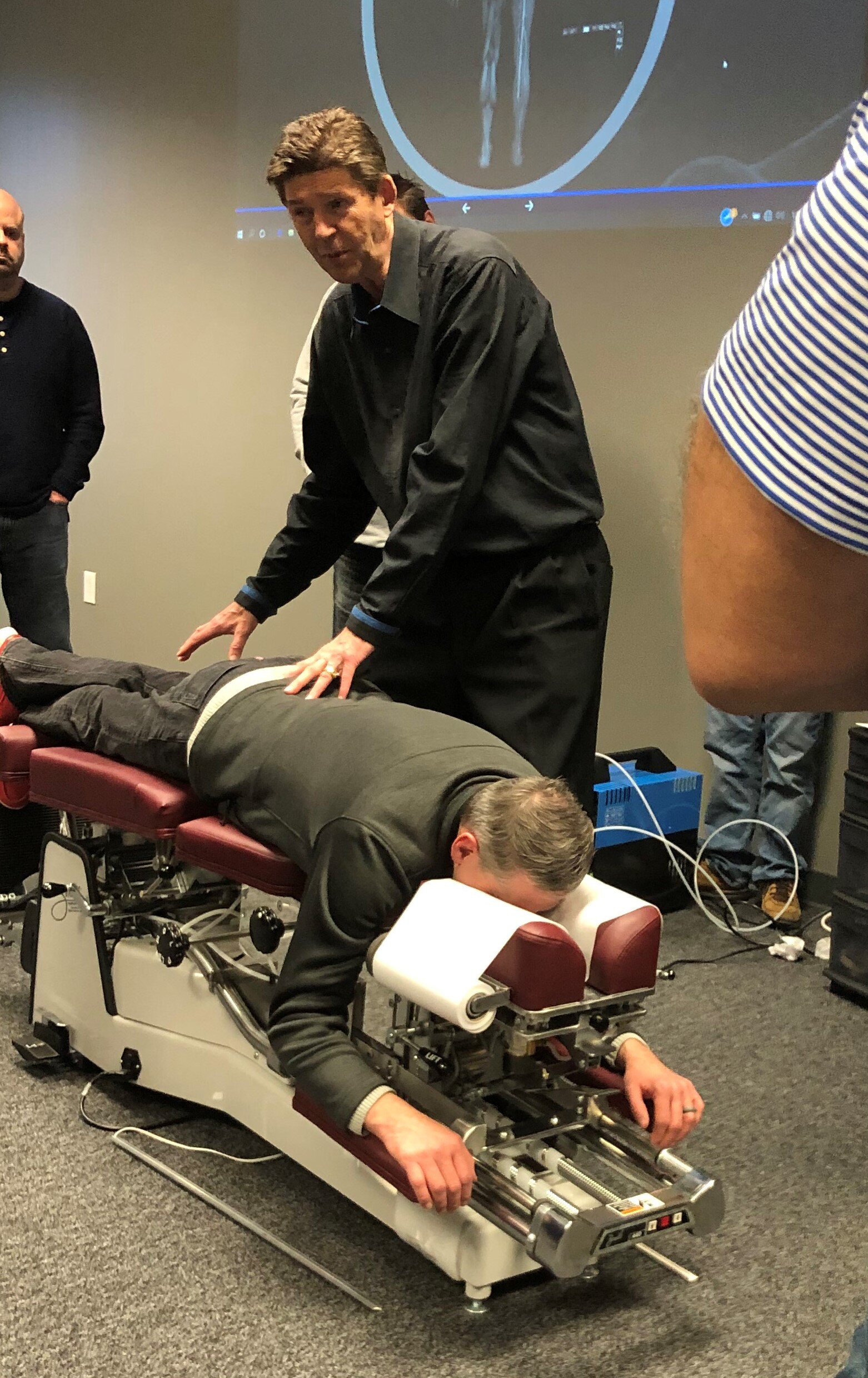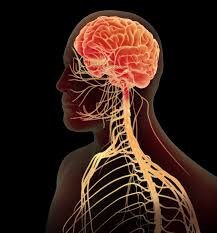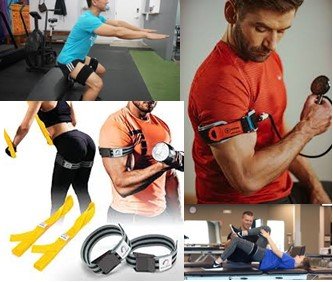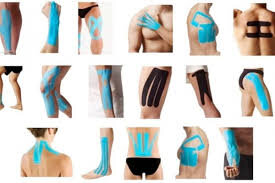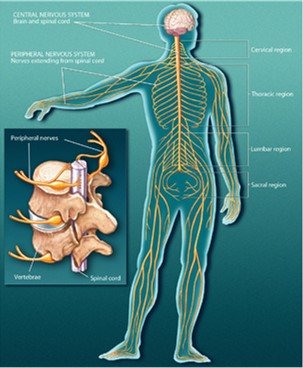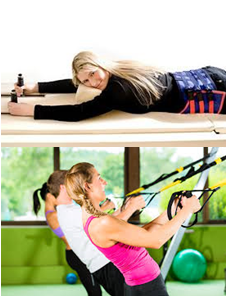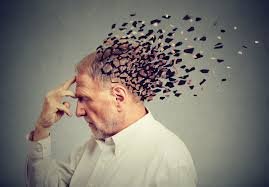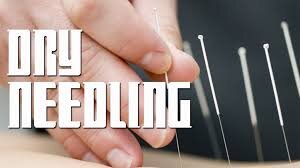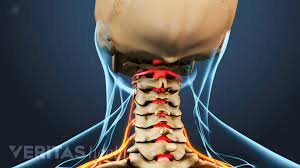CranioSacral Therapy for the Modern Practice
Cranial adjusting has a long history in the profession and has a beneficial affect on the nervous system, meningeal tension and cerebrospinal fluid dynamics.
In this course, we will examine the analysis and adjusting techniques for frequently occurring cranial, TMJ, and upper cervical subluxation patterns. The main objective of the class is to aid Chiropractors in improving the treatment of patients who suffer from headaches, head pain, TMJ issues, sinus problems, and overall body distortion.
Treating the Athletic Patient On and Off the Field
Dr. Morgan will teach:
Overview of examination and treatment of common sports injuries
Proper assessment of injuries and functionality
The Chiropractor’s role in active sports injuries - what and when is it YOUR responsibility
Concussion protocols
Rehab Modalities & Exercises
Dr. Carter will present an optimal mix of education, evidence-based techniques, and hands-on training for rehabilitation in your practice.
Rehabilitation will start with assessment protocols and corrective exercises/protocols. No matter what your background training may be, you will definitely be able to apply something to your everyday practice to help patients.
The hands-on portion of this seminar will teach you specific rehab exercises and when to use them.
Extremity Adjusting Workshop
This extremity adjusting workshop is like none other. It was designed to demonstrate to and teach the DC how to manually adjust hand and foot articulations more effectively and efficiently with little to no discomfort to the patient. The methodology uses a simple, step-by-step, systematic process to adjust the carpals, tarsals, and other extremity joints.
You will learn basic skills and understanding of how to properly asses, diagnose and treat conditions involving the wrist and hand, shoulder, foot and ankle. Any DC that learns and implements this manual extremity adjusting methodology will certainly notice a significant improvement in their management of extremity conditions.
Extremity Adjusting Workshop
This extremity adjusting workshop is like none other. It was designed to demonstrate to and teach the DC how to manually adjust hand and foot articulations more effectively and efficiently with little to no discomfort to the patient. The methodology uses a simple, step-by-step, systematic process to adjust the carpals, tarsals, and other extremity joints.
You will learn basic skills and understanding of how to properly asses, diagnose and treat conditions involving the wrist and hand, shoulder, foot and ankle. Any DC that learns and implements this manual extremity adjusting methodology will certainly notice a significant improvement in their management of extremity conditions.
Prolonging Your Life and Mental Health with Testing for Environmental Toxins, Heavy Metals and Baseline Lab Testing
This class will teach testing that can be used in your chiropractic office for improved outcomes and optimal health for your patients.
Specialized lab testing for chemical exposure to pesticides and other toxic chemicals, bio markers for longevity with special focus on
Lab Testing for Alzheimer’s, mental decline and Parkinson’s. Treatment possibilities and considerations will be presented based on research and case studies.
“The earlier you find a problem… the better results you will have.”
CranioSacral Therapy for the Modern Practice
Cranial adjusting has a long history in the profession and has a beneficial affect on the nervous system, meningeal tension and cerebrospinal fluid dynamics.
In this course, we will examine the analysis and adjusting techniques for frequently occurring cranial, TMJ, and upper cervical subluxation patterns. The main objective of the class is to aid Chiropractors in improving the treatment of patients who suffer from headaches, head pain, TMJ issues, sinus problems, and overall body distortion.
Thompson Technique: Pediatric To Geriatric
Dr Jackson will teach the complete Thompson-Derefield (leg length) examination and analysis protocol. He will present basic through advanced Thompson Technique adjusting procedures that have been added or modified based on the Thompson Technique Foundation board. He will also instruct on how to designate those conditions which may present contraindications to chiropractic care or specific modifications to adjusting in specific areas based on presentation of findings such as spondylolisthesis, pregnancy
or pathology.
Neurology & Vagus Nerve Stimulation
This seminar will enable the practitioner to determine the misalignment associated with specific neurological dysfunctions.
Dr. Humberg will present the analysis portion of this seminar with a very specific and accurate method of locating not only the site of the neurological irritation (compression) but also the misalignment associated with that neurological dysfunction. We will look at muscular and visceral components, diagnosis, signs, symptoms plus you will learn manual and electrical ways of stimulating the vagus nerve.
You’ll learn more about treating such issues as IBS, Colitis, GI issues and more!
BFR Training (Blood Flow Restriction) with Rehab & Exercises
Dr. DeBord will introduce you to the up-and-coming focus in strength training! This course will give the Chiropractor:
1) A solid foundation and understanding of BFR history, mechanisms, research, science, safety and practical applications for better outcomes.
2) A personal opportunity to transform their own exercise results more efficiently (easier, faster, and safer) compared to traditional exercise, ultimately extending career quality, longevity and productivity.
More…
Taping Techniques & Sports Chiropractic
In this seminar Dr. Morgan will teach:
Athletic and Kinesio taping methods for all major areas of the body
Overview of examination and treatment of common injuries
Working as a team or event chiropractor in various circumstances. How to get involved. Patient/athlete forms, informed consent and risk management.
Sports Chiropractic clinical pearls and tips
Case Studies in Sports Chiropractic
Concussion protocols
Extremity Adjusting Workshop: Hands to Feet
This extremity adjusting workshop is like none other. It was designed to demonstrate to and teach the DC how to manually adjust hand and foot articulations more effectively and efficiently with little to no discomfort to the patient. The methodology uses a simple, step-by-step, systematic process to adjust the carpals, tarsals, and other extremity joints.
You will learn basic skills and understanding of how to properly asses, diagnose and treat conditions involving the wrist and hand, shoulder, foot and ankle. Any DC that learns and implements this manual extremity adjusting methodology will certainly notice a significant improvement in their management of extremity conditions.
Nerve Entrapments & How To Treat Them Successfully
This course will focus primarily on functional pathologies and treatment as it relates to nerve entrapment
Peripheral nerve entrapments can occur in multiple locations along the extraspinal extent of the nerve – between the intervertebral foramen and the most distal nerve endings in the extremities. The most frequent symptom of locomotor system adaptation/dysfunction is pain. The structure that most frequently expresses pain is the muscle with its trigger points and painful attachments. Treatment must address the etiology causing the nerve compression.
Dr. Carter will teach what to look for when you take the history and perform the physical exam. He will show you how to correctly identify and treat nerve entrapments successfully. You will learn the compression of different nerve types and symptoms associated with each that you can treat successfully, then move on to how to best treat them and help your patients.
Non-Surgical Spinal Decompression
Dr. Henry will show you how to perform spinal decompression, when and when not to use this method, and give you the treatment protocols you need to successfully treat these patients.
In this seminar, you will learn:
What is spinal decompression and the difference between this and traction
Indications & Contraindications for treatment
Treatment Protocols
What to treat and how to treat using spinal decompression
Multi-modal treatment approach
Comparisons to alternative treatments
Research & Studies
Risk Management involved
How to start using spinal decompression in your practice
Pain Management & Mobility - Innovative Chiropractic Solutions
Dr. Hayes will take you through the current pain methods of MDs and DOs and the impact they really have on patients. You will learn the current research and theories on pain management and some very innovative things you can do as chiropractors to control pain.
You will come out of this class with a better understanding of and more ways to alleviate and control the pain your patients are experiencing, and some of the major conditions that your patients have that can be treated successfully in your practice.
The Role of Chiropractic Care in Managing Dementia
This seminar will explore the potential role of chiropractic care in the management of dementia. Join us to learn non-medical treatments and preventative concepts that can be effective in improving or slowing down dementia degeneration and improve your patient or loved one’s quality of life
Dry Needling Application & Techniques - 12 Hour Practical Course
Dry Needling Applications & Protocols
12 Hour Practical Course
Beginner through Advanced material for Dry Needling. You’ll get extensive instruction, and practice on individual areas and how to properly insert the needles to get positive results with your patients.
You will be taught how to perform dry needling on each part of the body, how to insert the needles, where to insert the needles, how long to leave them in and much more. You will know confidently how to perform this technique to your patients when you are finished!
Dr. Hayes teaches and demonstrates Dry Needling - when and how to use it to better treat your patients.
This hands on course will prepare you to safely and successfully incorporate this technique into your practice. You will have the chance to practice this technique throughout the seminar so you are confident in your ability to perform dry needling when you leave the seminar!
You will get a supply of needles and necessities to take back to your office with you!
Dry Needling Application & Techniques - 12 Hour Practical Course
Dry Needling Applications & Protocols
12 Hour Practical Course
Beginner through Advanced material for Dry Needling. You’ll get extensive instruction, and practice on individual areas and how to properly insert the needles to get positive results with your patients.
You will be taught how to perform dry needling on each part of the body, how to insert the needles, where to insert the needles, how long to leave them in and much more. You will know confidently how to perform this technique to your patients when you are finished!
Dr. Hayes teaches and demonstrates Dry Needling - when and how to use it to better treat your patients.
This hands on course will prepare you to safely and successfully incorporate this technique into your practice. You will have the chance to practice this technique throughout the seminar so you are confident in your ability to perform dry needling when you leave the seminar!
You will get a supply of needles and necessities to take back to your office with you!
Sports Chiropractic: Treating the Athletic Patient On and Off the Field
In this seminar Dr. Morgan will teach:
Overview of examination and treatment of common injuries
Working as a team or event chiropractor in various circumstances. How to get involved. Patient/athlete forms, informed consent and risk management.
Sports Chiropractic clinical pearls and tips
Cases in Sports Chiropractic
Concussion protocols
Non-Surgical Spinal Decompression
Dr. Henry will show you how to perform spinal decompression, when and when not to use this method, and give you the treatment protocols you need to successfully treat these patients.
In this seminar, you will learn:
What is spinal decompression and the difference between this and traction
Indications & Contraindications for treatment
Treatment Protocols
What to treat and how to treat using spinal decompression
Multi-modal treatment approach
Comparisons to alternative treatments
Research & Studies
Risk Management involved
How to start using spinal decompression in your practice


